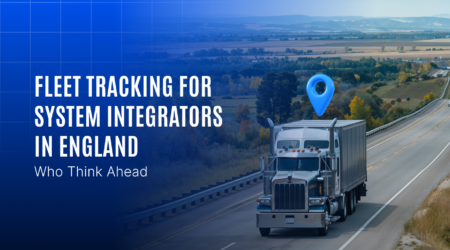All about how GPS system works

What is GPS?
The GPS is a satellite-based navigation system that can precisely tell you where you are. Satellites that orbit the earth are continuously sending signals back to earth. Once the receiver gets these signals from 4 or more satellites—it can figure out where you are or what speed you’re traveling. Today, with the help of GPS, businesses like logistics and FMCG have minimized their losses. Besides being your navigation buddy, GPS has allowed users to track their vehicles in real-time, estimate ETAs, and enhance on-road safety.
How does the GPS system work?
31 artificial satellites circle the earth in a precise orbit, sending signals which can be read and decoded by GPS receivers. These signals contain important information, such as the current time, date, and orbital position of the satellite. Now, the receiver has an important task to do. It notes the time when the signal was transmitted by the satellite and compares it with the time when the signal was received. This time difference is used to calculate the distance between the receiver and the satellite. GPS devices receive signals from at least 3 satellites, which are used to determine the latitude and longitude coordinates. This process of determining the position of a GPS device by knowing distances from at least 3 known points is called trilateration.
How is it different from GNSS?
GPS is owned and controlled by the US Department of Defense (USDOD). These navigation satellites were launched for military utilization in 1978 but were later made available for civilian use. There are other systems similar to the GPS, which are classified as the global navigation satellite system or GNSS. For example. GLONASS is a satellite constellation system built by Russia, China has BeiDou and India has NavIC.

